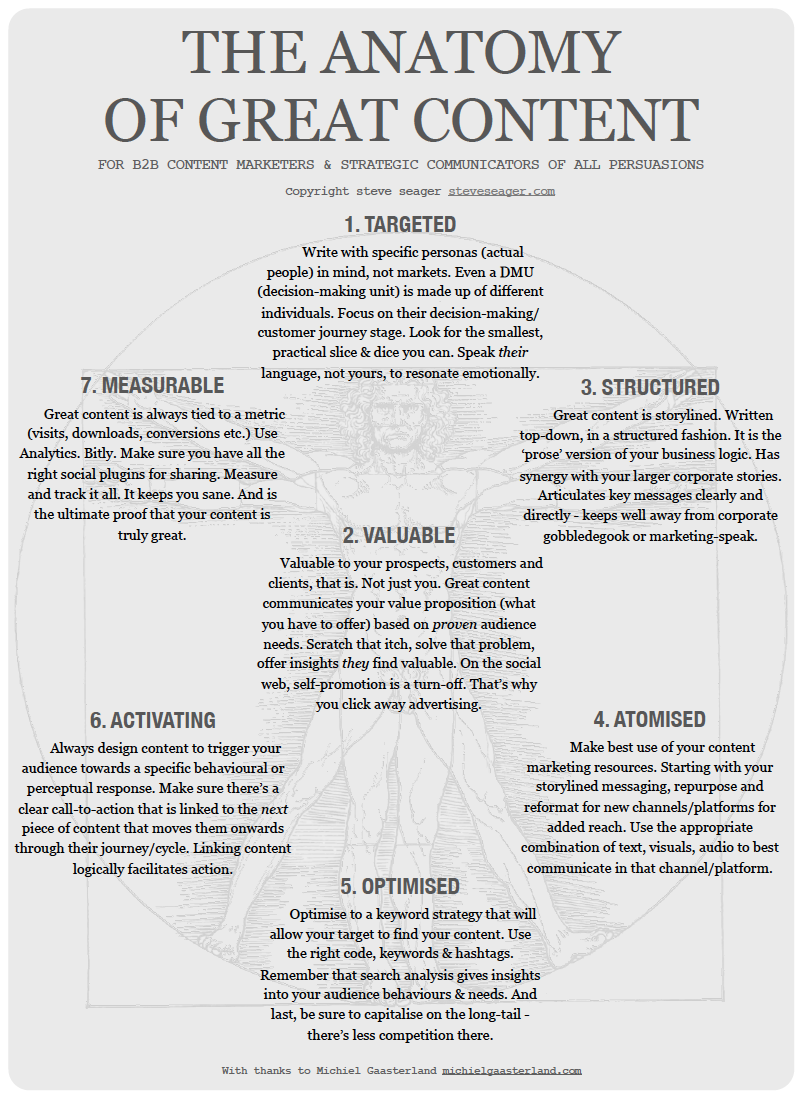Transparency is the essence of the new business model. A great example of this is Patagonia, the outdoor apparel brand. Instead of producing slick fashion ads to communicate with its customers, Patagonia has laid bare the environmental and social footprint of its product line and marketing supply chain.
Its website, The Footprint Chronicles, features an interactive world map that pinpoints every textile mill and factory in Patagonia’s supply chain.
The map includes detailed profiles of key suppliers, along with video and photo tours of how Patagonia’s different products are made.Starting to sound more and more like "real" journalism, eh? But can the Fortune 500 CEO accept this concept? Can the corporate lawyer? I have my doubts. Of course, much of the Fortune 500 turns over every decade or so. Perhaps this is the meteor that kills off some of the larger dinosaur companies and allows the smaller lung-fish ones to thrive.
